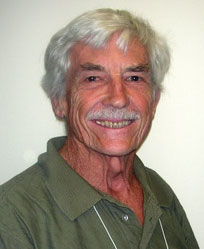Date: 2012-12-01 Time: 07:00 - 09:00 US/Pacific (1 decade 1 year ago)
America/Los Angeles: 2012-12-01 07:00 (DST)
America/New York: 2012-12-01 10:00 (DST)
America/Sao Paulo: 2012-12-01 11:00
Europe/London: 2012-12-01 14:00
Asia/Colombo: 2012-12-01 19:30
Australia/Sydney: 2012-12-02 01:00 (DST)
Where: Online Video Conference
This video conference used Fuzemeeting.
The meeting can be replayed by clicking this link:
https://www.fuzemeeting.com/replay_meeting/fccff073/2925447
Description
Shown here is an optimal system size design assessment of an internal combustion engine, that drives a 2 megawatt electric power generator, with hydrogen fuel from an electrolyzer bank. This bank is capable of producing 100% atomic hydrogen and oxygen. When combustion takes place it produces a four fold gain in thermal output, when compared to combustion with molucular hydrogen and oxygen:
QAtomic (4H + 2O) BTU/hour = 4 x QMolecular (2H2 + O2) BTU/hour
To gain this advantage pulse width modulated electric power input and superposed water dissociation resonant frequencies must be applied. The result is a five fold gain of hydrogen production for the same power per unit electrolyzer active surface area, when compared with a same size Faraday electrolyzer, operating with unmodulated direct current. This design assessment uses public scientific handbook and test result information, and can not be patented.



